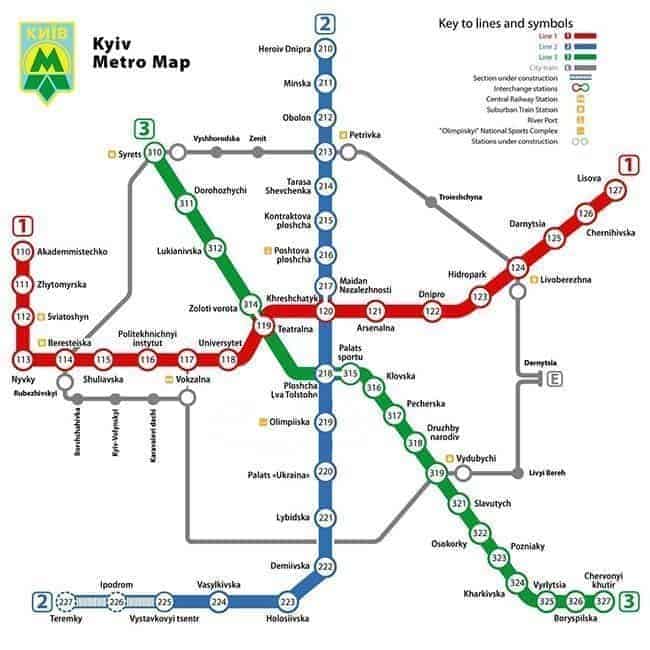


Finally, on 2 November 1985, the first seven-stations section of line B opened with termini at Smíchovské nádraží and Sokolovská, thus forming the triangle of the three transfer stations (the new ones were Můstek with line A and Sokolovská (now Florenc) with line C). Another extension of line C was opened in 1984 and reached Nádraží Holešovice. The latter extension with four stations in total serves a large suburb consisting of high density housing estates called Jižní Město - "Southern Town" in Czech, which is the largest and densest housing estate in the Czech republic. In 1980 two extensions were copmleted at both lines: Line A thus reaching Želivského in the east and line C Kosmonautů (now Háje) in the southeast. While all stations on line C had been built using the cut-and-cover method, on line A there were the first deep level bored stations (Náměstí míru with the depth 52 m being the deepest metro station in Prague up to now). On 12 August 1978 the first section of line A was opened with seven stations in total between Dejvická and Náměstí míru, meeting line C at Muzeum, which became the first transfer station. The regular service of the first nine-stations section of line C between Sokolovská (now Florenc) and Kačerov stations began operating on, with a depot at Kačerov.Ĭonstruction of next sections continued then quite rapidly. Thus, during the first years, the construction continued while the whole project was conceptually transformed. It was mainly because such metro systems were "fashionable" in the Soviet Union and there was a political decision to import the soviet metro trains, as you can read here. However, next year a substantial change in the concept came, as the government decided to build a "true" metro system instead of an underground tramway. Therefore this station's design reflects partly the original intention to build and underground tramway. In the early 1960s the concept of the sub-surface tramway was finally accepted and on 9 August 1966 the actual building of its first station ( Hlavní Nádraží) started. After the World War II all work was stopped because of the poor economic situation. For both possibilities there were three main lines planned, which roughly corresponded to the current lines A, B and C. in Kryvy Rih or Brussels) and the second possibility was a "true" metro system with lines independent from each other as well as from surface traffic.
.jpg)
In the 1930s and 1940s, intensive projection and planning works were being held, taking into account two possible solutions: the first was an underground tramway (existing tramlines would go under ground in the city centre, the system which is known as "metro-tram" or "pre-metro" and can be seen e.g. Another proposal in 1926, by Vladimír List and Bohumil Belada, was the first to use the term "Metro", and though it was not accepted either, it served as an impulse for moving towards a real solution of the rapidly developing transport in Prague. However, the plan was denied by the city authorities. He encouraged the city council to take the advantage of the fact that sewer systems building and demolishing parts of the Old Town were in progress, and wanted them to start digging tunnels for the railway at the same time. The first proposal to build a sub-surface railway was given by Ladislav Rott in 1898. The first section of the metro system in Prague was put into service in 1974, but the ideas to build some kind of underground transport in the city reach tothe 19th century.


 0 kommentar(er)
0 kommentar(er)
